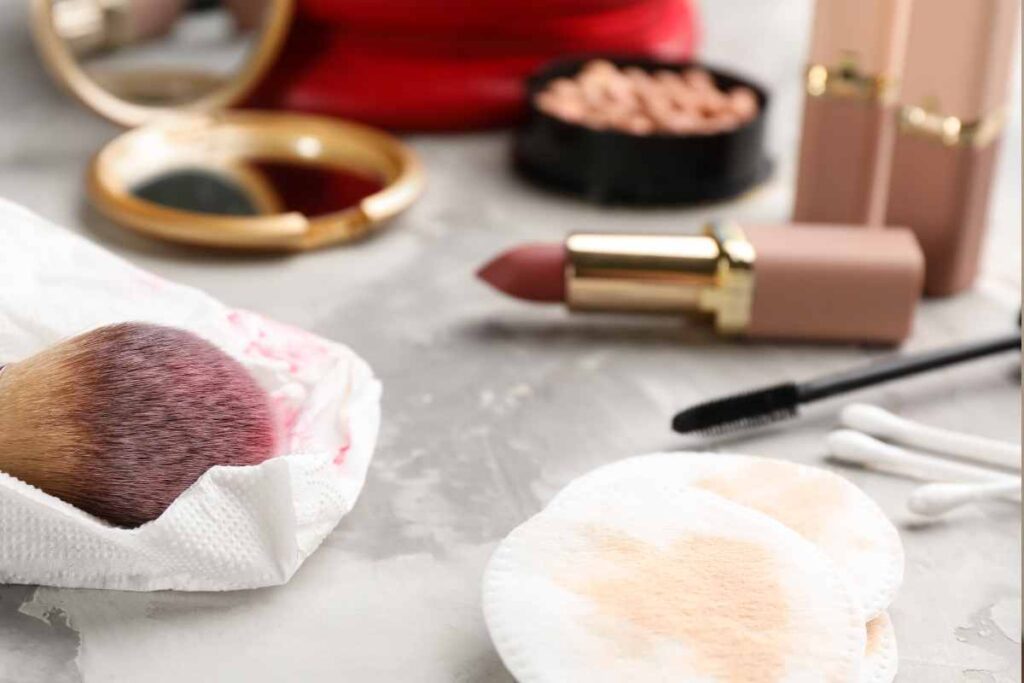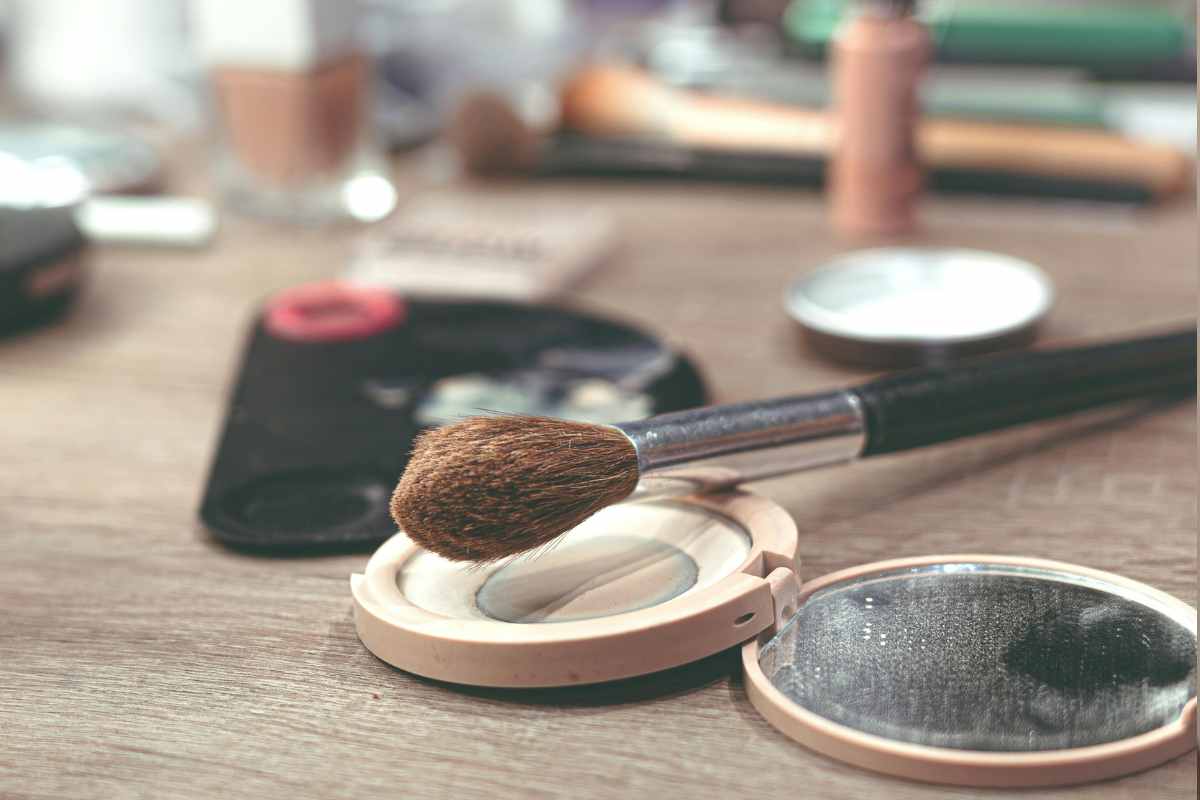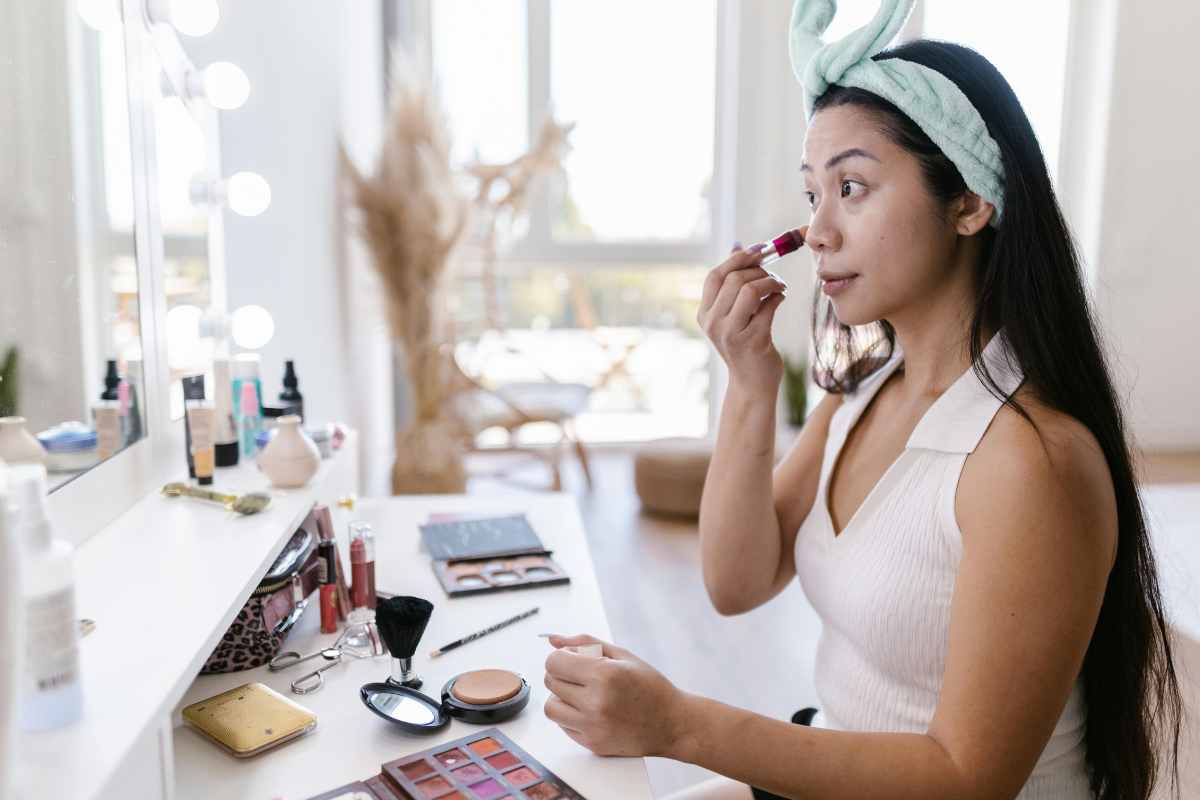Is Your Makeup Safe? Understanding Expiry Dates and Product Shelf Life

Makeup does wonders for enhancing features, boosting confidence, and expressing creativity. But even the best products don’t last forever.
Whether it's mascara, foundation, or lipstick, every makeup product has a shelf life, and using it beyond that window can cause more harm than good.
Understanding how long your makeup remains safe and effective isn’t just about performance—it’s about health. Expired cosmetics can harbor bacteria, irritate the skin, or trigger breakouts.
This article breaks down how to recognize product lifespans, read expiry labels, and know when it’s time to toss that favorite compact.
Why Makeup Expiry Matters
Most people know to check expiration dates on food, but few apply the same attention to makeup. Yet your skin is just as vulnerable. As soon as a product is opened, it's exposed to air, light, and bacteria, which begin to break down the formula over time.
Expired makeup can:
- Cause eye infections, especially with mascaras and eyeliners
- Lead to clogged pores or acne
- Trigger allergic reactions or irritation
- Lose its pigment, texture, or effectiveness
Paying attention to shelf life isn’t about being wasteful—it’s about being safe.
How to Read Expiry Labels
Cosmetic products don’t always have a stamped expiration date. Instead, they typically use a Period After Opening (PAO) symbol, which looks like an open jar icon with a number inside (e.g., 6M, 12M, 24M). This indicates how many months the product remains safe after it’s first opened.
For example:
- 6M = good for six months after opening
- 12M = good for one year
- 24M = safe for two years
If your product doesn’t have a PAO symbol, check for a batch code and use online databases to estimate its age. Some natural or indie brands may also list a specific expiration date.
Shelf Life by Product Type
Every product type breaks down differently depending on its ingredients, packaging, and how it’s used. Here's a breakdown of typical lifespans:
Mascara and Liquid Eyeliner: 3–6 Months
These are the fastest to expire. Every time you dip the wand, you introduce air and bacteria. Expired mascara can dry out or cause serious eye irritation or infection. If it starts to smell odd or feels clumpy, toss it immediately.
Liquid Foundation and Concealer: 6–12 Months
These water-based products can separate or oxidize over time. Pump bottles last longer than open jars or sponges. Watch for changes in color, smell, or texture.
Lipstick, Lip Gloss, and Lip Liner: 12–24 Months
Lip products are fairly stable, but they still collect bacteria from your mouth. Lipsticks may dry out, lose pigment, or develop a waxy smell. Sharpening lip liners regularly can help extend their life.
Powder Products (Blush, Bronzer, Eyeshadow): Up to 2 Years
Because they don’t contain water, powders last longer—but they're not immune to contamination. Always use clean brushes to avoid spreading oil and bacteria.
Cream Products: 6–12 Months
Cream blushes, highlighters, and eyeshadows are more prone to spoiling than powders. Check for texture changes, cracking, or a sour smell.
Pencils (Eyeliners, Brow Pencils): 1–2 Years
As long as they’re regularly sharpened, pencils are fairly long-lasting. Keep the caps on to avoid drying out.
Nail Polish: Up to 2 Years
Eventually, polish thickens or separates beyond repair. If shaking doesn’t bring it back to life, it’s time to replace it.
Skincare-Infused Makeup: Shorter Shelf Life
Products with added skincare benefits (like SPF or serums) break down faster. Once expired, they may lose both their cosmetic and treatment effects.
Signs Your Makeup Has Expired
Even if you forgot the opening date, your product will often show clear signs when it’s past its prime:
- Strange smell (rancid, sour, or chemical-like)
- Texture changes (separation, clumping, drying out)
- Color fading or shifting
- Irritation or breakout after use
When in doubt, it’s safer to throw it out.
Tips to Extend Shelf Life
While no makeup lasts forever, smart habits can help products stay safe and effective longer:
- Store in a cool, dry place away from direct sunlight
- Wash your brushes regularly to avoid contamination
- Avoid sharing makeup, especially eye and lip products
- Close lids tightly after each use
- Label with the opening date using a sticker or marker
Keeping your products clean and well-maintained reduces risk and waste.
The Dangers of Ignoring Expiry Dates
Using expired makeup isn’t just less effective—it can be harmful. Eye infections like conjunctivitis, fungal growth in creams, and rashes are all possible consequences.
For people with sensitive skin or existing conditions like acne or rosacea, old makeup can worsen symptoms or introduce new problems. It’s especially important to be vigilant with eye and lip products, which have direct contact with mucous membranes.
Natural and Organic Products: Handle with Extra Care
Clean beauty is growing in popularity, but natural ingredients often expire faster. Without synthetic preservatives, these formulas are more prone to mold, bacteria, and breakdown.
If you’re using organic or handmade products:
- Check for refrigeration instructions
- Use clean hands or spatulas
- Monitor smell and consistency closely
Going natural is great—just remember these products still need safe handling.
Makeup Hoarding: When Sentiment Gets in the Way
We all have that one product we can't let go of. Maybe it was limited edition. Maybe it reminds you of a special time. But if it’s old, crusty, or unrecognizable, it doesn't belong on your face.
Makeup is not a time capsule. If you're keeping it for nostalgia, consider retiring it from your routine and storing it as a keepsake instead.
When to Replace vs. When to Sanitize
Sometimes, you don’t need to toss a whole product. Powders that are only slightly contaminated can be sanitized using alcohol and a clean tissue. Lipsticks can be cleaned with a quick alcohol swipe.
But if there’s mold, heavy separation, or a strong odor? No amount of cleaning will fix that. It’s time to move on.
Final Thoughts
Makeup should enhance your look—not put your skin at risk. Knowing how to read expiry labels, understanding shelf life, and staying alert to changes in your products will keep your beauty routine both safe and effective.
Trust your senses. If it looks off, smells odd, or feels different—don’t use it. Your skin deserves better than expired formulas. Being mindful about what goes on your face is just as important as what you use to take it off.
Taking a few minutes to check your collection could save you from irritation, breakouts, or worse. Clean makeup equals clean skin—and that’s always worth the effort.
Did you find this post useful or inspiring? Save THIS PIN to your Beauty Board on Pinterest! 😊








You may also like